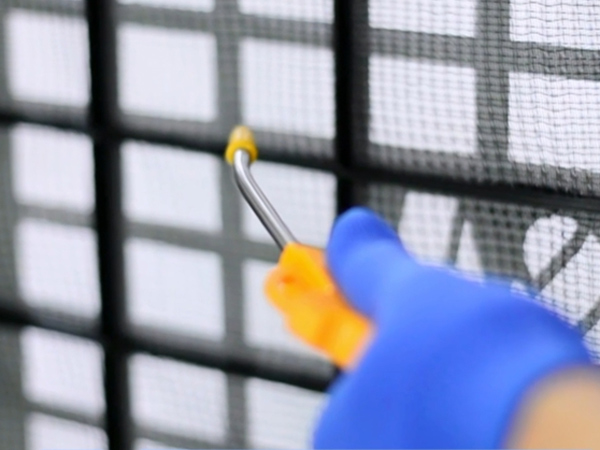Summer is the peak season for electricity consumption, and fluctuations or low voltage can cause chillers to trigger high-temperature alarms, affecting their cooling performance. Here are some detailed guidelines to effectively resolve the issue of frequent high-temperature alarms in chillers during peak summer heat.
Summer is the peak season for electricity consumption, and fluctuations or low voltage can cause chillers to trigger high-temperature alarms, affecting their cooling performance. Here's a detailed guideline on how to address this chiller issue:
1. Determine if the High-Temperature Alarm of the Chiller is Due to Voltage Issues
Using a multimeter to measure the working voltage of the chiller in its cooling state is a highly effective method:
Prepare the Multimeter: Ensure the multimeter is in good working condition and set it to AC voltage mode.
Turn on the Chiller: Wait until the chiller enters its cooling state, indicated by the operation of the fan and compressor.
Measure the Voltage: Use the multimeter to measure the voltage at the chiller's power terminals. Maintain a safe distance during measurement and follow all electrical safety guidelines.
Record and Analyze the Data: Record the measured voltage values and compare them with the normal operating voltage range of the chiller. If the voltage is found to be low, take effective measures to increase it.

2. Solutions for Low Chiller Voltage
Optimize Power Configuration: Consider increasing the cross-sectional area of the power cables within your capability, or replace them with higher quality cables to reduce voltage drop.
Use Voltage Stabilization Equipment: Employ a voltage stabilizer or an uninterruptible power supply (UPS) to stabilize the voltage and ensure the water chiller operates normally.
Contact the Power Supply Department: If the issue persists, consult with your power supply provider to understand if there are plans or solutions to improve power quality.
3. Regular Maintenance and Upgrade of Chillers
Routine Maintenance: Regularly clean the dust filter and condenser of the chiller, and replace the cooling water and filters to enhance efficiency.
Check Refrigerant Levels: Inspect refrigerant pipelines for leaks and promptly repair and refill refrigerant as necessary.
Upgrade Equipment: If the chiller is old or its performance has significantly declined, consider upgrading to a new unit.

By comprehensively applying these measures, you can effectively resolve the issue of frequent high-temperature alarms in chillers during peak summer heat.
TEYU S&A Chiller is a globally renowned chiller manufacturer and chiller supplier, boasting 22 years of extensive experience in industrial and laser cooling. With an annual chiller shipment volume exceeding 160K units, we are well-equipped to meet your cooling needs. For chiller purchases, please email [email protected], and our sales team will provide you with a customized cooling solution. If you encounter any issues during chiller use, please email [email protected], and our after-sales experts will assist you promptly.

We're here for you when you need us.
Please complete the form to contact us, and we'll be happy to help you.
Copyright © 2025 TEYU S&A Chiller - All Rights Reserved.